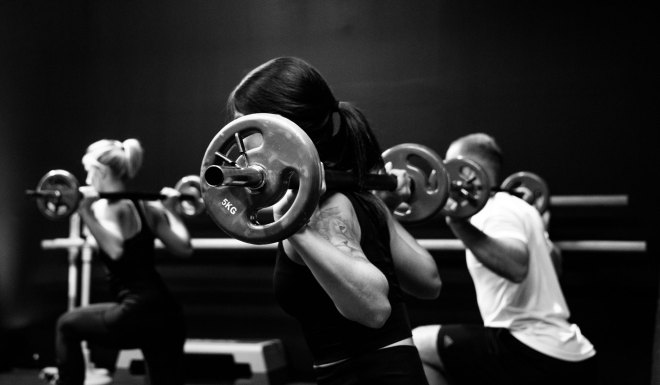
When a claim for disability is made, the claimant opens themselves up to scrutiny of how they are living their life, what medical care they receive and how they function in their work and personal life. “Activities of daily living” are used to describe day to day functions that everyone needs to perform for basic self-care and survival. Other activities, such as socializing, entertainment, travel and exercise are also considered when Insurers adjudicate disability claims. As with any evidence, there are subjective and objective factors to consider both for the Plaintiff and Adjudicator, and as with most claims the findings are often in the grey areas.
The Plaintiff’s credibility is arguably the most important factor in disability trials.
Results Mediators
The recent jury decision of Baker v. Blue Cross has left everyone guessing what evidence led the jury to award the largest punitive damages award in Canadian history. We have read that there was 375 hours of surveillance and my understanding is that Ms. Baker’s fitness routine was likely questioned. Surveillance has long been used by Insurers as another piece of evidence to consider in adjudication. The use of surveillance at trial has had a mixed outcome for Insurers, from an unsuccessful defence in cases such as Baker v. Blue Cross and a successful defence in Bezanson v. Sun Life Insurance Company, 2015 NSSC 1, where “surveillance took place over the course of the next few years, for several days each time” and there was “many hours of DVD evidence from 2009 to 2013”.
In the recent case of Dhanda v. Thind, 2022 BCSC 1003 we have one Judge’s findings on what was argued to be an “extensive” exercise routine, that was self-reported by the Plaintiff, at the time of trial. It is another example of what a court looked at when tasked with assessing a Plaintiff’s disability claim.
Ms. Dhanda was in second year of her undergrad degree at UBC when she was struck from behind while at a red light in March of 2018. She sustained persistent soft tissue pain in her neck and back with sleep mood disturbances, and sensitivity to light and noise. Prior to the accident, she was very active and played competitive soccer through high school, recreational soccer while at university, pursued gymnastics, weight-training and running. She was also supportive at home with the household and family business as well as at her Sikh temple.
After her accident she declined a dual-degree business program fearing the workload would be too much, given her physical discomfort and difficulties concentrating. She stopped cooking at the temple, working for the family business, playing soccer and doing gymnastics and helped out less around the house. She was accommodated with extra time for exams and provided note-taking assistance at UBC and graduated in April 2020 with a BA. In September of 2020 she began UBC’s accelerated nursing program. She experienced back pain and fatigue in her clinical rotations and was concerned how her body would respond to a full workload. In late 2021 she began working as a student nurse in the emergency department at Surrey Memorial Hospital. She continued to worry about the physical nature and longevity of nursing work.
At the time of trial she was embarking on her nursing career and was seeking $640K-$790K of damages for preclusion from physically demanding jobs. The Defendants suggest $120K – $170K and argued that her functioning was better than she alleged.
The Judged awarded damages of $328,210.00.
A significant portion of the Defendant’s defence focused on the Plaintiff’s exercise routine at the time of the trial. The Plaintiff self-reported that she participated in strength training 4 times per week as well as walking or running an additional 4 times per week. She claimed that her workouts were now less strenuous than before her accident. The Judge used the adjective “extensive” to describe the exercise routine in paragraph 29, but it is not clear is he was paraphrasing from an expert report or if he found the routine extensive himself.
The Judge found that “regarding her exercise regime, in my view this is an important aspect of Ms. Dhanda’s overall condition”. I agree with the defendants that her exercise regime is difficult to reconcile with some of the limitations she described at trial, such as with housework and cooking at the temple. Having said that, I do not find this discrepancy undermines Ms. Dhanda’s overall credibility about her condition.”
Take Away:
The amount of exercise and activity that a Plaintiff participates in, will likely always have to be considered on a case by case basis and credibility is arguably the most important factor in disability trials where the evidence is always conflicting. If Ms. Dhanda had not disclosed her exercise routine and it had been found on surveillance, would the outcome have been different? I personally do not consider Ms. Dhanda’s activity level “extensive”. There is certainly a general conception of what a disabled lifestyle should include when a Plaintiff is looking for compensation due to an inability to work. Any activities beyond what are required for basic functioning will always be examined, and what is “reasonable” will continue to be subjected to both objective and subjective evidence and views of the court.
